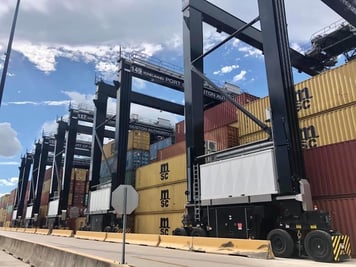
Days before Hurricane Laura stormed the coast between Louisiana and Texas with sustained winds up to 150 miles per hour, Port Houston maintenance workers busily went about the task of protecting assets and securing facilities from the much-anticipated stiff winds. This is necessary anytime a storm as ferocious as Hurricane Laura enters the gulf and threatens the gulf coast’s biggest container facility. While Hurricane Laura spared Houston this time, this was a big wake-up call for what may come.
Hurricane season runs from June 1st through November 30th, keeping the port on high alert for several months. Port Houston though is always ready to spring into action under the leadership of Roger Guenther, Port Houston Executive Director.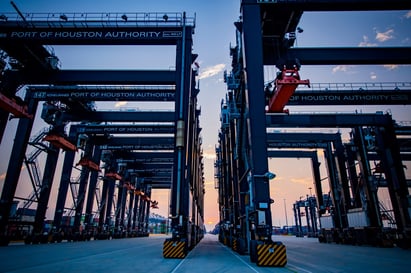
“This [Hurricane Laura] was a massive storm and we were really fortunate to miss major damage in our region, but we were prepared,” Roger Guenther wrote in an email to employees after the hurricane made landfall. “I am extremely pleased with the coordination of our Emergency Management Team and all of our employees working together to protect our Port employees and assets during preparation.”
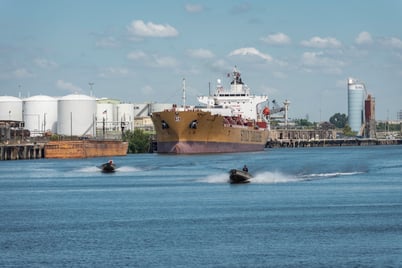
Though the work that goes into preparing for a major storm is time-consuming, Hurricane Laura made us even better prepared for future events, Guenther noted.
The true backbone for running smoothly during these critical situations are our Emergency Management and Operations teams. Just like when COVID-19 hit earlier this year, both teams have essential personnel that work the front lines of our terminals making sure the port is prepped in case of a catastrophe.
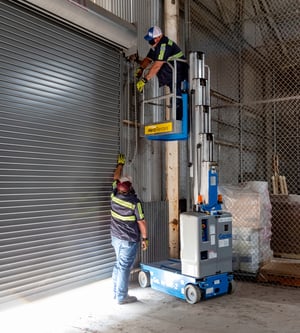
The Operations team handles most of the heavy lifting and prepping at port terminals. They are responsible for gathering and replacing all emergency supplies, stacking loaded containers in an orderly and strategic fashion, organizing cranes to function as barriers, and making sure all portable buildings are properly secured. In addition, they secure all terminal equipment, fill extra drums with fuel, lubricants, water, and hydraulic fluids for use after the storm, board up all windows, and keep all transportation vehicles supplied with fuel (boats, cars, vans, trucks, etc.).
The Port Houston Emergency Management team, part of the Port Security and Emergency Operations (PSEO) division, works closely with the U.S. Coast Guard in keeping the Houston Ship Channel safe. Port Houston Emergency Manager Colin Rizzo said one of his greatest fears is that a hurricane could hit the port and damage crucial infrastructure like ship-to-shore cranes at the container terminals, which could take a months to repair or replace.
“You can’t take these huge cranes down and hide them from the wind,” Rizzo said. “The maintenance department does a great job of tying them down.”
When there are potentially big storms looming, the National Hurricane Center updates the storm tracks morning and night, and Port Houston monitors those updates, Rizzo noted. The Emergency Management team then weighs matters carefully, conferencing daily with Port Houston chiefs, and other local jurisdictions, taking note of what actions other agencies are taking. Once the storm is less than 24 hours from impacting the area the Emergency Operations Center (EOC) is activated. The EOC is staffed around the clock until the hurricane threat passes.


Though most of the work goes into prep, the recovery process can be tireless depending on the amount of damage caused. The potential for such serious damage keeps the Port Houston Office of Emergency Management officials ever vigilant. The Coast Guard, Port Officials, Emergency Management, Operations, and Port Executives all do various assessments to determine the amount of damage that may have occurred.
While hurricanes pose the greatest threats to property and life, tropical storms and depressions can also be devastating. It’s important for us to prepare before storms arrive, clean-up damages in the area, and help our community recover from these destructive storms.
